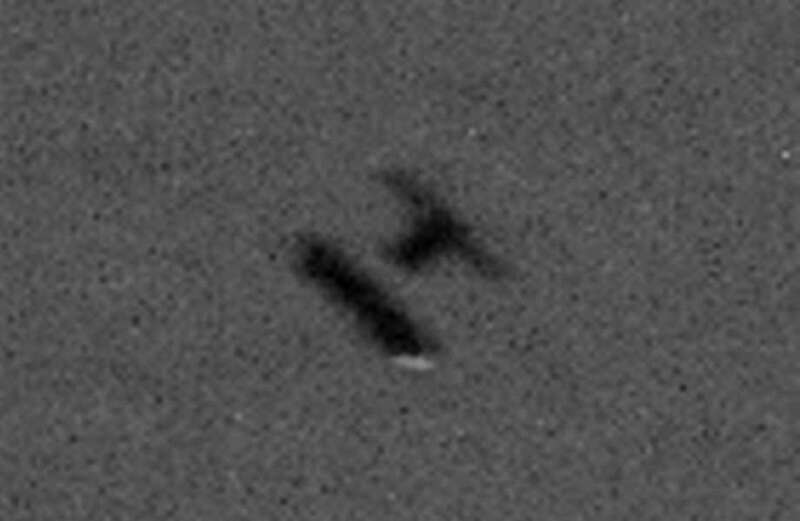THE UK Space Agency is on high alert after pictures emerged of a Star Wars-esque satellite hurtling towards Earth.
Scientists expect the doomed 5,000lb satellite will crash into our planet in a matter of days, but have no idea where it will land.



European Remote Sensing 2 satellite (ERS-2) may re-enter Earth's atmosphere about noon on Wednesday, if scientists' latest guess is correct.
But it could also return up to 27 hours before or after, according to the European Space Agency (ESA).
Data from Monday indicated the crash to Earth would take place at 5:26 pm ET on February 19.
 Ronaldo claims ‘multiple’ clubs in Europe tried to sign him before Al-Nassr move
Ronaldo claims ‘multiple’ clubs in Europe tried to sign him before Al-Nassr move
The Agency noted that the margin of error in the prediction was slightly more than 1.5 days - plus or minus 38 hours.
Eerie images captured from space by Australian company HEO, which has an office in the UK, about three weeks ago showed ERS-2 hurtling towards Earth and rotating on its way.
It is not yet known where the failed satellite could land.
The UK agency is watching the falling orbiter closely and working with other agencies to track its re-entry.
The UK Space Agency said: "Our orbital analysts use UK-developed state-of-the art modelling to monitor re-entering objects and produce re-entry warnings if it is a UK-licensed object re-entering, or if the UK or our overseas territories/crown dependencies might be affected.
"These warnings are distributed to civil protection authorities in the UK as well as overseas government departments."
Head of Space Surveillance and Tracking at the UK Space Agency Angus Stewart said it was becoming "increasingly challenging" to operate satellites safely in space and bring the benefits back to Earth.
Mr Stewart added: "As well as capturing these images as part of our work with HEO, the UK Space Agency operates the UK’s re-entry warning service and has tasked our UK sensors to observe the re-entry of ERS-2.
"We share data with ESA and other international partners through the Inter-Agency Space Debris Coordination Committee (IADC) and other forums to support satellite re-entries."
The European Space Agency said the satellite could no longer be controlled so its re-entry into Earth's atmosphere was "natural".
 All the new travel rules you need to know for 2023 to avoid ruining your holiday
All the new travel rules you need to know for 2023 to avoid ruining your holiday
Launched into low Earth orbit in April 1995, ERS-2 finished its mission of observing our planet in September 2011.
Together with its twin satellite ERS-1, ERS-2 collected valuable data on Earth’s land surfaces, oceans, and polar caps.
It was also used to monitor natural disasters including severe flooding and earthquakes in remote parts of the world.
Preparation for the satellite's end began in the summer of 2011 when the ESA performed 66 re-orbiting manoeuvres, Live Science reports.
The process was intended to use ERS-2's remaining fuel and lower its average altitude from 488 miles to about 356 miles, which would help reduce the risk of it colliding with other satellites or space debris.
It would also help the satellite's orbit deteriorate quickly enough that it would re-enter Earth's atmosphere within 15 years.
The ERS-2 has been described by the ESA as "the most sophisticated Earth-observation spacecraft ever developed and launched by Europe".
When it departed Earth, it weighed 5,547 pounds. Now, without fuel, it weighs about 5,057 pounds.




































